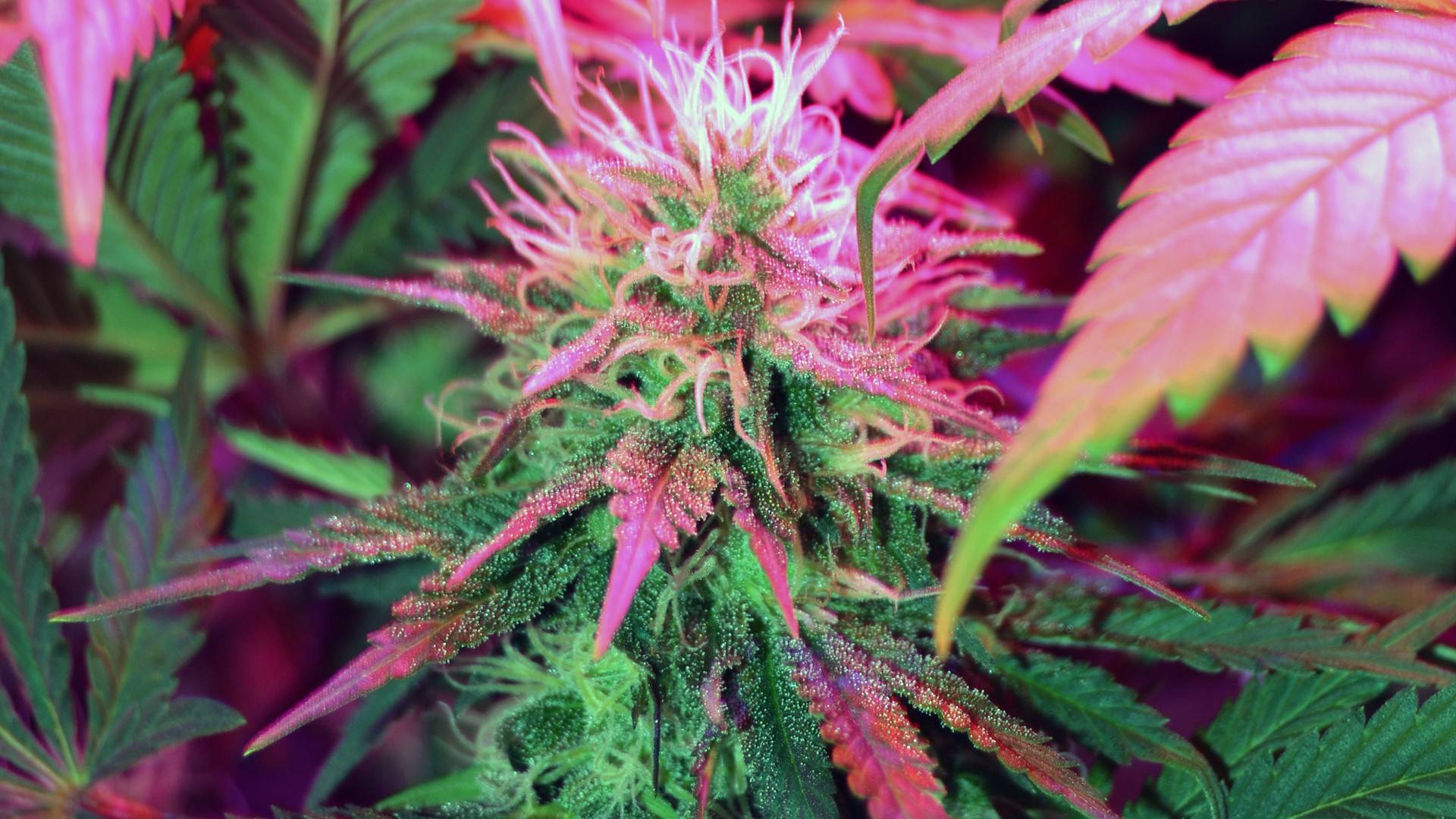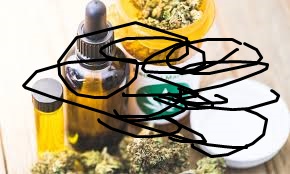The Effects of Cannabis
Marijuana has effects that are mainly caused by the chemical compounds referred to as cannabinoids. More than 100 cannabinoids in cannabis have been named by scientists, with two being most conspicuous:
Tetrahydrocannabinol (THC): The predominant drug that causes the high that is related to marijuana. THC acts with the endocannabinoid system of the brain, changing mood, perception and behavior.
Cannabidiol (CBD): A non-intoxication compound that is becoming popular due to its possible health benefits, including paying attention to inflammation, seizures, and anxiety. CBD lacks the euphoric effects of THC and this is why it is attractive in healthcare administration.
Other interesting cannabinoids are CBN (cannabinol), which has potential to help sleep, and CBG (cannabigerol) which has been investigated due to its possible antibacterial and neuroprotective effect.
The Effect and Aroma Improvers: Terpenes.
In addition to cannabinoids, marijuana has terpenes, aromatic compounds that make cannabis smell and taste the way it does. Terpenes are not specific to cannabis; fruits, herbs, and flowers also contain them; however, in marijuana, they can affect the experience as a whole through the interaction with cannabinoids. For instance:
Myrcene has a potential to add to the sedative effect.
Limonene has a connection with mood elevation.
Pinene is considered to be helpful in alertness and memory.
This effect of cannabinoids and terpene is commonly known as the entourage effect.
Forms of Marijuana Products
Marijuana is also smoked in numerous ways, and each of them provides different experience and danger:
Dried Flower (Bud): The oldest type, which is smoked in bongs, pipes or joints.
Hashish: cannabis flower resin that has been condensed and is typically smoked or vaporized.
Oils and Extracts: Extracts and oils with a high concentration of either THC or CBD and are used in vaping or tinctures.
Edibles: Food or beverages laced with cannabis, e.g. brownies, candies, or drinks. Effects are delayed, but tend to be more powerful and protracted.
Topicals: These are creams and lotions that are filled with cannabis and the creams are applied to the skin to provide a localized effect in an individual without causing psychoactivity.
Synthetic Cannabinoids: artificially produced substances meant to imitate THC, which in most cases are sold as illicit drugs. They may be erratic and unsafe.
Potency and Modern Trends
Marijuana potency has grown considerably over the last several decades. The current mean of the THC content in cannabis products is substantially greater than in the 1970s and 1980s. The growth makes people worry about more influential impacts, increased dependency risks, and more difficulties in controlling it.
Besides that, the use of high-potency cannabis has become more accessible via modern technologies including vape pens, dabbing, and concentrates. This may be attractive to certain users, but it can be dangerous when using, particularly among young people, and novice customers.

